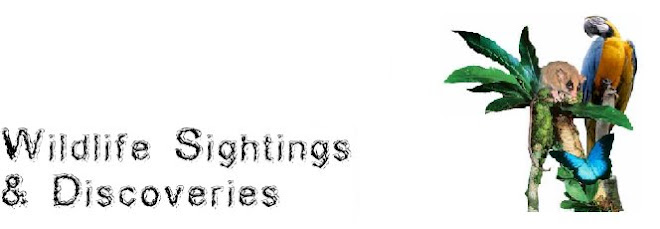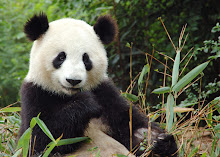
A rare bird that was believed to be extinct as it had not been seen for more than 100 years has turned up in the Philippines and been photographed for the first time, the Wild Bird Club of the Philippines (WBCP) has reported.
Unfortunately, the bird was eaten shortly after being photographed as no one at the time realised the bird's importance.
The bird, known as Worcester's buttonquail (Turnix worcesteri), was recorded on both video and still photography by a TV documentary team at Dalton Pass in Nueva Vizcaya in January before it was cooked and eaten.
The WBCP hailed the discovery of the Worcester's buttonquail. "We are ecstatic that this rarely seen species was photographed by accident. What if this was the last of its species?" WBCP president Mike Lu said.
Described from dead birds in 1902 - not seen since!
He said the Worcester's buttonquail was first described based on specimens bought in Quinta Market in Manila in 1902. The bird was named after Dean Conant Worcester, an American zoologist and public official specializing in the Philippines around that time.
The bird was caught by native bird trappers in mid-January and documented by an I-Witness team led by Howie Severino. Severino and his team had not realized what they had documented until Desmond Allen, a British ornithologist who is a member of the WBCP, spotted a photograph of the bird in the credits of Bye-Bye Birdie, the team's recent I-Witness documentary about the bird-trapping tradition in northern Luzon.




.jpg)
No comments:
Post a Comment